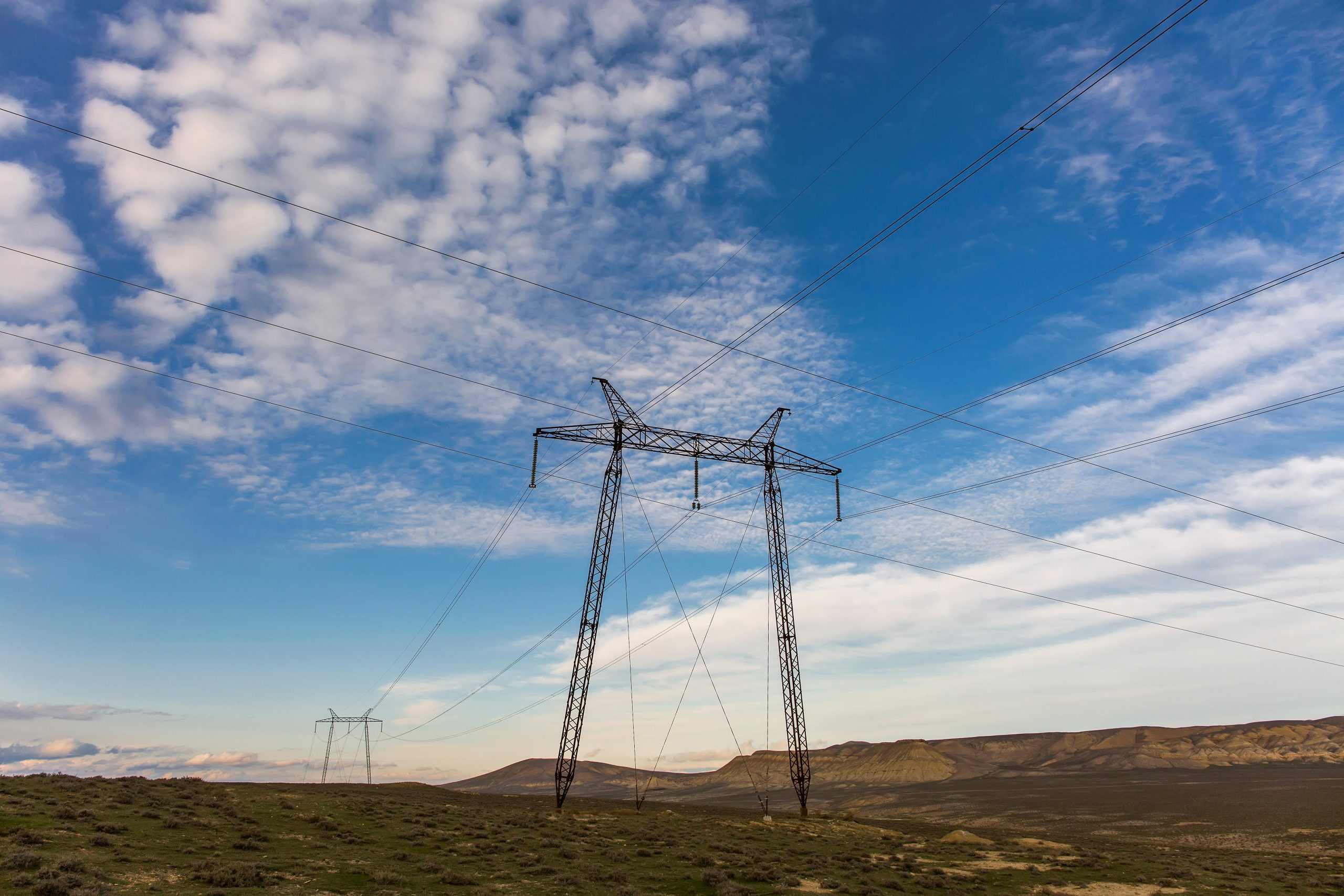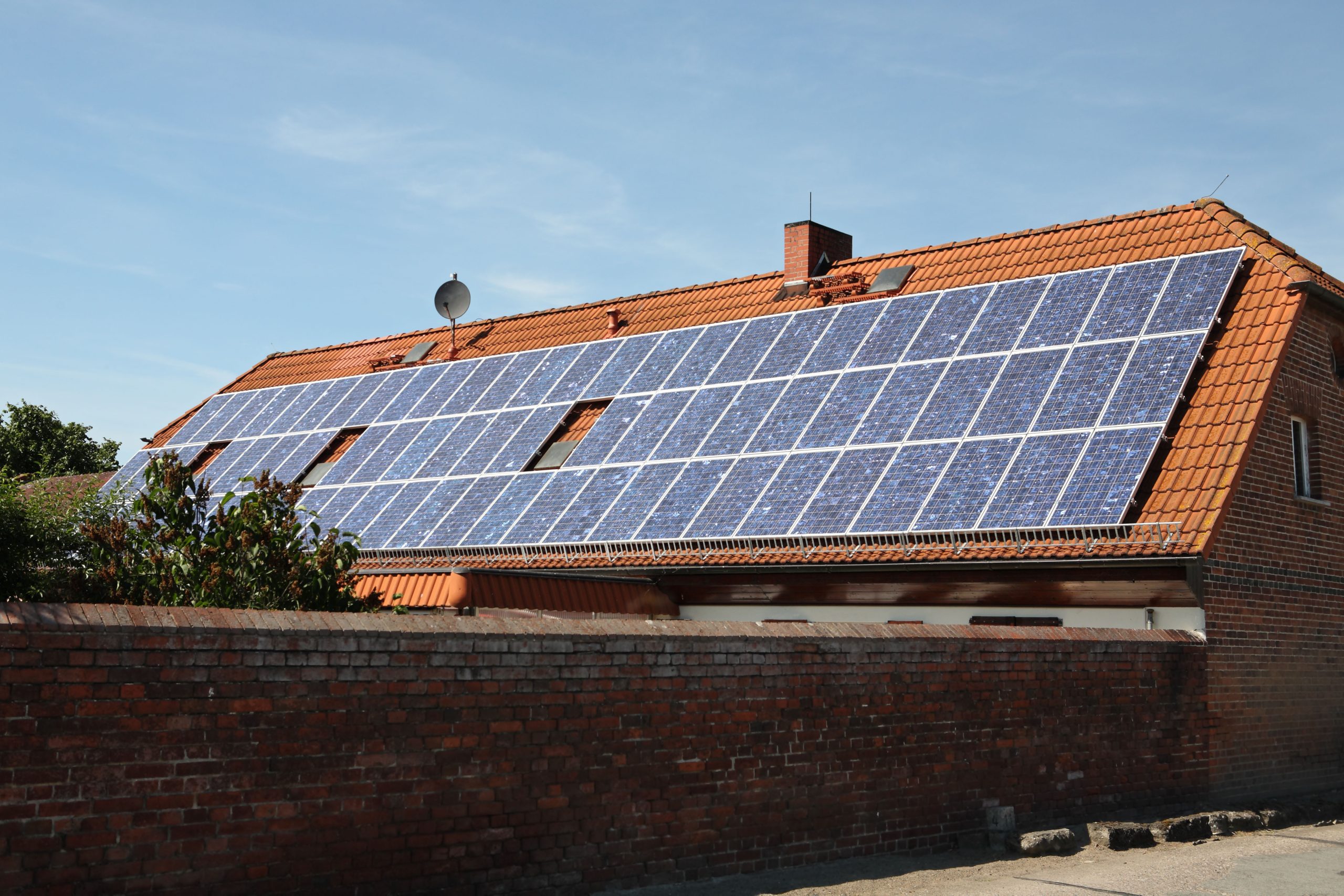Chapter 1:
Introduction
In this chapter
Data Transparency for Asia’s Power Sector Decarbonisation
High-quality, open data on the power sector can accelerate coal-to-clean electricity transition in Asia.
1.1
Asia's power sector data is key to decarbonisation, but hard to find
Global power sector decarbonisation is not possible without making significant strides in coal-to-clean electricity transition in Asia. Asia – including Central Asia and Oceania – is home to 80% of global coal generation, and 62% global power sector emissions. Many economies in Asia are struggling to phase down coal power, as electricity demand continues rising to support economic growth. In the last 10 years, electricity demand in this region continued growing at 4.5% every year – about twice as fast as the world average. Nine economies in Asia have set net-zero targets, albeit at much slower pace than is required to limit global temperature rise to 1.5°C. International pressure and support to set or raise climate targets, and to meet them are on the rise, as the urgency of the climate crisis looms.
Power data is a crucial tool for meeting the decarbonisation or clean power targets. With data, governments and utility companies can engage in quantitative power market modelling and climate scenario analysis to identify possible pathways to meeting the targets. This forms the basis for evidence-based policymaking. Data also improves transparency on the current status of the power sector, enabling policymakers and investors to identify where and who needs investments for clean power growth.
To unlock the potential of power data, it must be made open to all and easily accessible with up-to-date and granular information. This is referred to as “data transparency” throughout this report. Data transparency enables more diverse groups of researchers, analysts and businesses to participate in understanding how society can decarbonise the power sector as well as help monitor progress. Making power sector data available also allows various stakeholders to create innovative technical solutions and business models that can accelerate whole-of-economy decarbonisation.
Finally, power data is a technological requirement for making the power systems work in a low-carbon society. To deploy the transition from coal to renewables, system operators must optimise the grid by increasing flexibility of the system. Generation forecasting, demand-side management, time-of-use pricing, smart metering and other smart technologies are some of the ways that can achieve this. All of these solutions require high-quality granular data to work.
Despite the importance of data transparency in Asia, finding high-quality and consistent data in Asia is challenging. Analysts at Ember, a global energy think tank that curates global electricity data reported that monthly generation data can only be collected from a few Asian economies, while most European and North American economies have made their power sector data publicly available and easy to access. Researchers and data practitioners across the region find that the lack of open and reliable data barriers to making progress on science and policy-making.
1.2
Research Objectives
Despite the urgency of power sector decarbonisation, it is challenging to find high-quality power sector data on Asia. To address this challenge, this report aims to provide evidence that prompts government and/or intergovernmental action on improving power sector data governance and capacity building. To do so, we evaluate the level of data transparency for the region and for each economy.
Further, this report intends to improve visibility on where power sector data can be found by compiling a comprehensive list of available power sector data sources in Asia, including Central Asia and Oceania. The list of data sources compiled for this report will be made freely available on Subak and Ember data catalogue, so that researchers and local stakeholders can easily find the data.
The report builds on the first Asia Transparency Report in 2020 by Ember. It expands the coverage of the region by including Central Asia, which was excluded in the previous report. In addition, the report improved on the methodology of evaluation data sources by making each rating criteria more relevant and up-to-date. This report further addressed missing source data issues by gathering new information that was not covered by the previous report.
1.3
Methodology
We identified and reviewed official open-access public data providers in 39 economies in East Asia, Southeast Asia South Asia, Oceania, Central Asia, and West Asia. Economies with annual demand smaller than 1 TWh were excluded. Primary method of finding new sources was desktop research. If no source was found, we reached out to relevant ministries via email and social media.
74 sources were identified and evaluated in total. Each source was manually evaluated, using electricity generation as the baseline metric for assessment. Six key questions guided the evaluation process outlined in Table 1:
- Time granularity: Is the data granular in terms of time?
- Publishing lag: Is data up-to-date?
- Geographical granularity: Is the data granular in terms of geography?
- Fuel breakdown: Is the data granular in terms of fuel breakdown?
- Ease of access: Is the data public and made easy to find for all users?
- Additional data: Is there additional data necessary to understand the power sector as a whole?
Scores of 0-5 were given, following the scoring criteria for each question. Then, the overall score was determined by taking the mean average of all the scores provided. All scores were rounded to the nearest whole number. After individual sources were evaluated based on the scoring criteria above, we determined final scores for each economy. If the economy had only one source, then the final score is identical to the individual source evaluation. If the economy has multiple sources, then the composite score reflects the maximum score available for that economy.
There were limitations in the research methodology. When sources were available only in their local language, we relied on online translations services. This may have led to misinterpretation during data collection, and a potential for language bias to those published in English. Some economies also prevented overseas IPs from accessing the data. We circumvented this by using VPNs where necessary. This methodology is intended to be exhaustive, but there is always the possibility that something has been missed. Readers are encouraged to submit unlisted datasets to [email protected] or [email protected].
Related Content




